According to The Economist, the possession of long-range missiles is no longer limited to a few military powers as before, but has expanded to many countries, as well as militia forces in the Middle East.
This changes the strategic landscape in the region and leads to a missile race that raises many concerns.
According to estimates by expert Hassan Elbahtimy of King's College University in London (UK), there are currently 11 countries in the region possessing ballistic missiles or cruise missiles with a range of more than 250km.
An Israeli statistic said that Hamas armed forces possessed about 30,000 rockets in 2021. Hezbollah's more sophisticated arsenal in Lebanon currently has about 150,000 rockets, of which about 400 are long-range missiles that can strike anywhere in Israel.
More importantly, states no longer have a monopoly on technology. Over the past 20 years, Iran has supplied drones, rockets and missiles, as well as manufacturing know-how, to Hamas, the Houthis in Yemen, and militias in Iraq and Syria, most notably Hezbollah. As a result, militant groups now pose a military threat that only states could pose 20 years ago.
But numbers are not the main issue. In the past, most countries that wanted to hit enemies far away needed expensive air forces. But now, players who don’t necessarily have air forces can still strike deep into their opponents. That changes the strategic calculus. In a future war that many Israeli officials consider inevitable, the ratio of missiles fired to interceptors used will increase.
An arms race has been going on for more than 30 years, with each side building up its arsenal and Israel developing its defenses, says Israeli engineer Yair Ramati, former head of the Israeli Defense Ministry’s missile defense agency. And that race shows no signs of slowing down.
MINH CHAU
Source





![[Photo] Magical moment of double five-colored clouds on Ba Den mountain on the day of the Buddha's relic procession](https://vphoto.vietnam.vn/thumb/1200x675/vietnam/resource/IMAGE/2025/5/9/7a710556965c413397f9e38ac9708d2f)
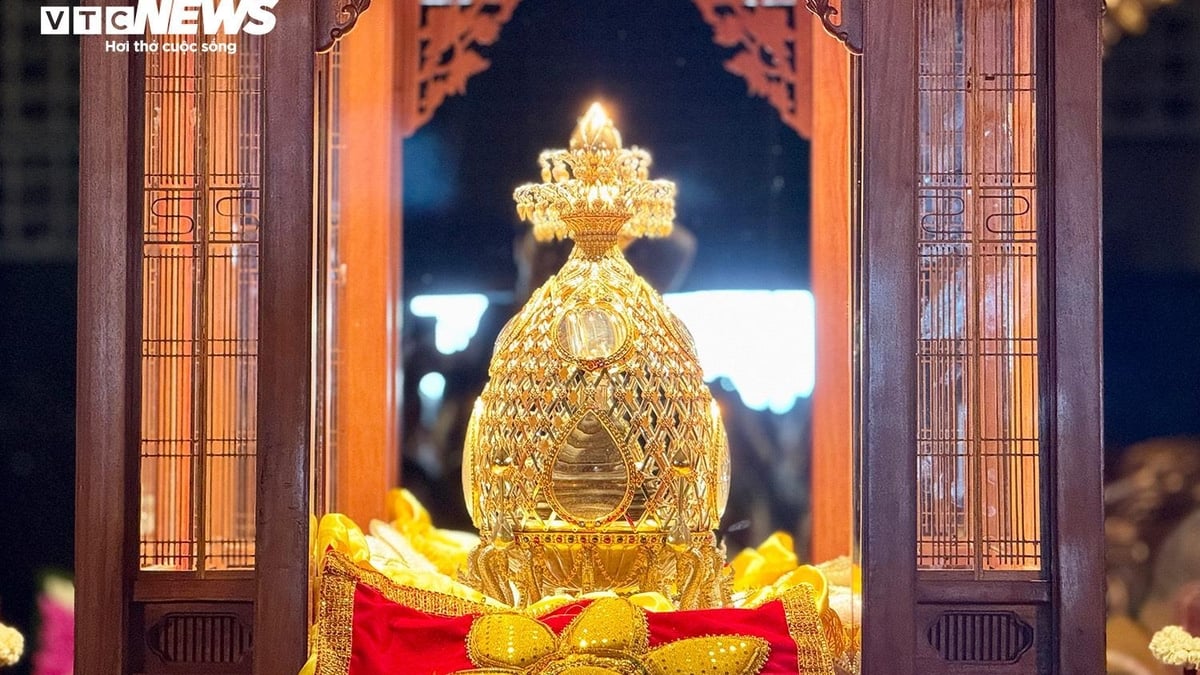

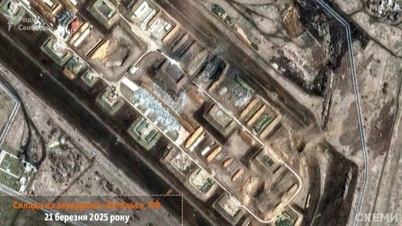

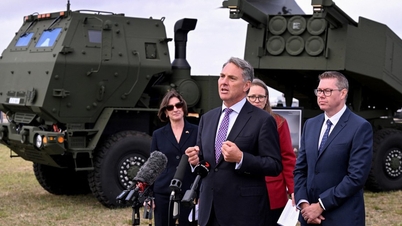


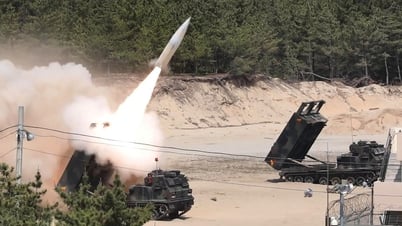
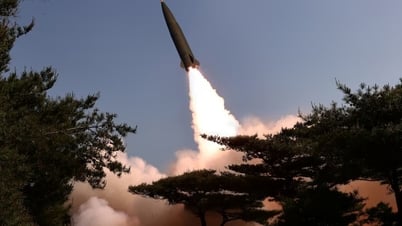
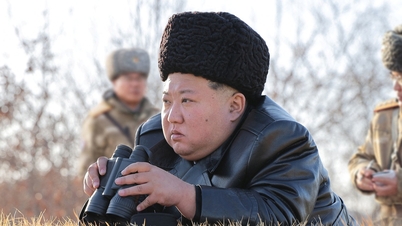
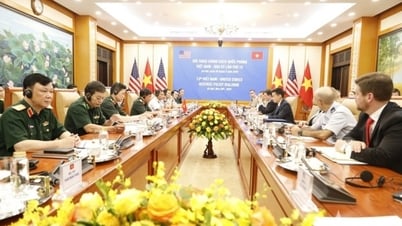


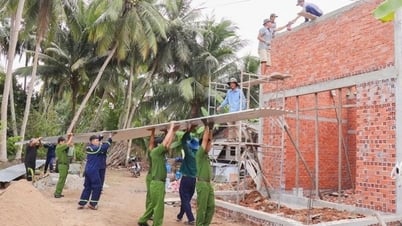










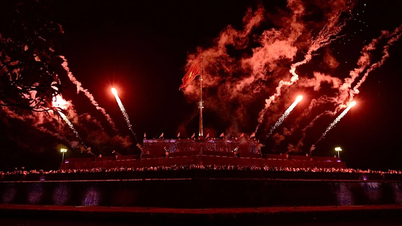



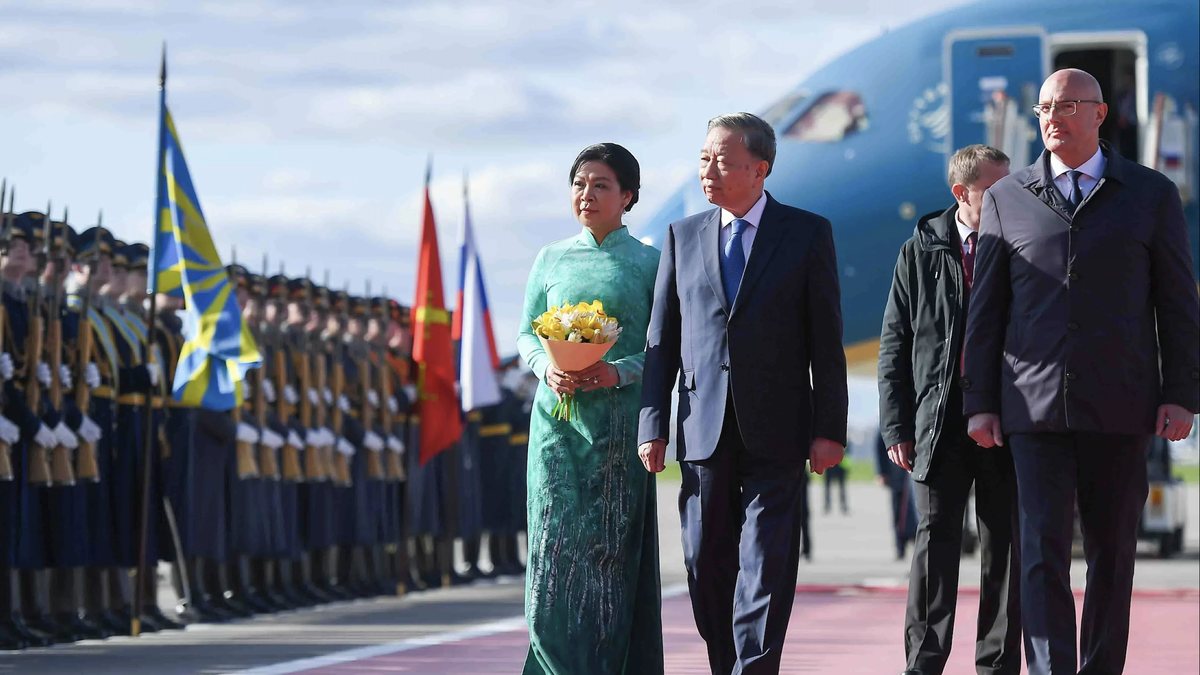
![[Photo] General Secretary To Lam begins official visit to Russia and attends the 80th Anniversary of Victory over Fascism](https://vphoto.vietnam.vn/thumb/1200x675/vietnam/resource/IMAGE/2025/5/8/5d2566d7f67d4a1e9b88bc677831ec9d)


































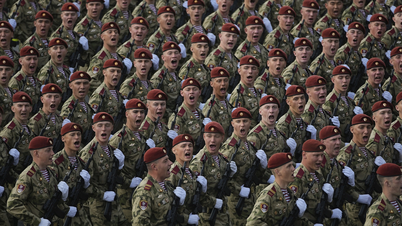






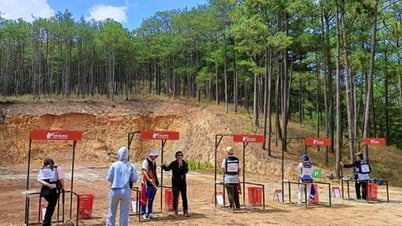





















Comment (0)